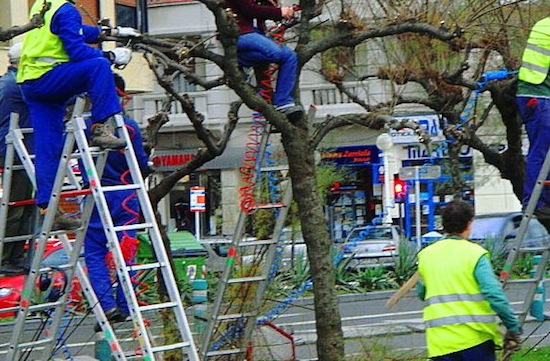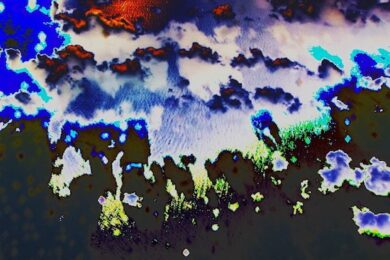Jonathan Meades, writer, broadcaster and critic, is adding another string to his bow, unveiling his skills as a photographer in a new box set, or "boxette", of 100 assorted postcards featuring images taken by the man himself.
Pidgin Snaps is currently set to be published by Unbound in autumn – head to the publisher’s website to watch a video of Meades introducing the collection – and, following our interview last year talking about space and place, we asked him to tell us a bit more about how it came about.
Can you remember the first postcard you received?
Jonathan Meades: My godfather – an atheist as it happens – was an aeronautical boffin at Boscombe Down. In the early 50s when I was three or four he was seconded to an experimental base in Colorado from where he and his wife, my merely agnostic godmother, would send cards. The land of plenty was polychromatic. The UK was black and white still.
Have you ever been a sender of postcards yourself?
JM: Lifelong habit.
When did you start taking these photographs? Were they taken specifically for this project?
JM: In my teens I had been a keen photographer but the darkroom side of it bored me and I sold my kit to Maximilian Edwards who forgot to pay me… Are you out there Max?
When I was filming Joe Building in Moscow and Volgograd a few years ago Rob Payton the cameraman and Mr Pritchard told me that there were now digital cameras available which could be worked by an educationally subnormal six-year-old so why didn’t I take the plunge? The idea of publishing some of my stuff, in some form came much later and was prompted as much by John Mitchinson as by me.
Many of the static shots in your documentaries are set up like still postcards. Is there a connection between that and Pidgin Snaps?
JM: They are set up like stills rather than like postcards which are often artless. This is to an extent because penury is the mother of invention. We suffer incredible shrinking budgets so that moron ex-footballers can receive preposterous sums to spout platitudes. Where once we had tracks, cranes, jibs, etc we now have a camera on a tripod. It doesn’t matter: if you are inventive you can make anything work – read Buñuel on how to arrange a set-up.

By using ‘Pidgin’, why are you drawing attention to your own lack of technical skill, compared to the director on the documentaries?
JM: False modesty. I’m not really the techno-dolt I pretend to be. At least I hope I’m not. But I have the advantage over a proper photographer of not caring in the way that I care about what I write – I’m the sort of writer who would starve of syphilis in a garret for the sake of an adverb. Pidgin implies mongrelism and impurity: anything original has to be impure because it is, so to speak, exogamous, it links the previously incongruous, it doesn’t follow. There are countless photographers I admire – Brandt, Ray-Jones, Sternfeld, Tress, Witkin – but I don’t want to be them; even had I prowess I wouldn’t want to be them anymore than I want to be Faulkner or Tournier, Housman or Perec.
Postcards are one of the things supposedly out of date in the age where everyone’s holiday snaps instantly appear on Facebook. The postcard was there to save the blushes of the hopeless photographer, or at least to save the expense of duplication. Why have you connected the two by doing an internet-funded box set?
JM: I wish those snaps didn’t appear… There is so much excellent photography on the net. Projects like Geograph or David Liaudet’s Architectures de Cartes Postales. I’m merely adding to the clamour and bringing a little loveliness in to people’s lives – following the example of Dr Sir Leslie Colin Patterson whose artistic specialities will regrettably be filtered out by our wretched government.



